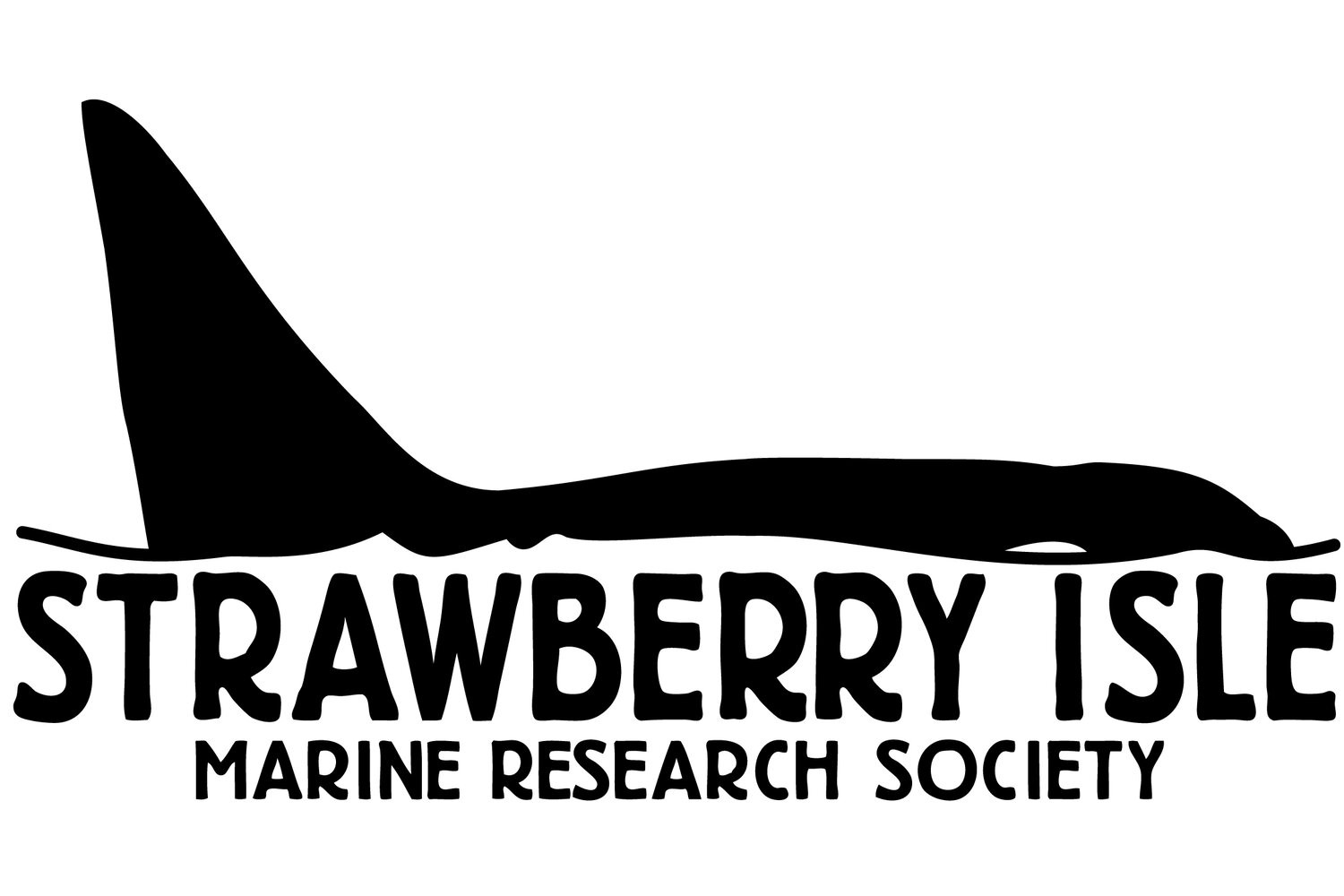SEA STAR WASTING SYNDROME
Sea stars are beautiful and vibrant animals that play an important role in the intertidal ecosystem. Sea stars belong to the class Asteroidea and the phylum Echinodermata, closely related to other invertebrates such as urchins, sea cucumbers, and brittle stars. These animals share common characteristics including internal skeletons, a water-vascular system, and tube feet. Some sea stars such as Ochre stars (Pisaster orchraceus) and Sunflower stars (Pycnopodia helianthoides) are considered a keystone species due to their disproportionately large impact on its ecosystem.
Unfortunately, in the past few years, sea stars all along the Pacific coast of North America have experienced a mass die-off due to a disease call Sea Star Wasting Syndrome (SSWS). The first case of SSWS was documented June 2013 affecting Ochre stars on the coast of Washington state and soon spread along the entire coast between Alaska and Mexico. Up to 20 different species of sea stars have been affected by SSWS which is characterized by symptoms including lesions, limb autotomy, loss of turgor, and eventually death by rapid tissue disintegration.
Learn about how we are tackling the un sustainable development goal: Life Below Water
Sea Star Wasting Syndrome (SSWS) is now identified as the largest non-commercial mass marine die-off in history. Both the cause of the disease and the long-term effects on inter and sub-tidal communities are unknown.
SEA STAR STEWARDSHIP
Strawberry Isle Marine Research Society began monitoring for Sea Star Wasting Syndrome in 2015 along the coastline between Tofino and Ucluelet, B.C. We conduct sea star surveys once a month during low tide at four intertidal locations from April to September. Our methodology is based off of those from the Pacific Rocky Intertidal Monitoring Lab of UCSC. Data is collected for the number, species, size, and degree of wasting syndrome of sea stars. At the end of each field season our data is shared with the Multi-Agency Rocky Intertidal Network (MARINe) to contribute to a larger North America-wide database to be used as open source data for SSWS research. The information collected from this data can be used to track seasonal and long-term trends in sea star species abundance, diversity, and level of wasting disease both within small-scale and large-scale regions.
We use citizen-science as a way to expand the spatial and temporal range of our research and to increase public awareness. This program promotes outdoor experiential education and participatory research that engages community members, local volunteers and visitors in monitoring coastal intertidal ecosystems in Clayoquot and Barkley Sound. We partner with four local organizations and businesses to survey several long-term sites. The Sea Star Stewardship Program aims to inspire marine stewardship and encourage locals to become ambassadors for these important intertidal organisms. To learn more about the project and our 2021 season, check out our StoryMap below!
Thank you to our sponsors and partners for supporting this project!
Interested in joining a sea star survey for the 2023 season? Click the link below to learn more:
SUNFLOWER STAR MONITORING
Once ubiquitous along the Pacific Northwest coast, the sunflower sea star is now listed as a Critically Endangered species by the IUCN. Ravaged by sea star wasting syndrome, sunflower star populations have plummeted over 90% throughout their home range from Mexico to Alaska. SIMRS is dedicated to monitoring the population of sunflower sea stars in Clayoquot and Barkley Sound to better understand their population dynamics in our local area. This information can contribute valuable data needed by researchers and policy makers to implement a recovery strategy for these magnificent marine animals. You can help us track the recovery of sunflower stars by reporting your sightings! Join our iNaturalist Project: SIMRS Sunflower Star Monitoring to submit your observations.









